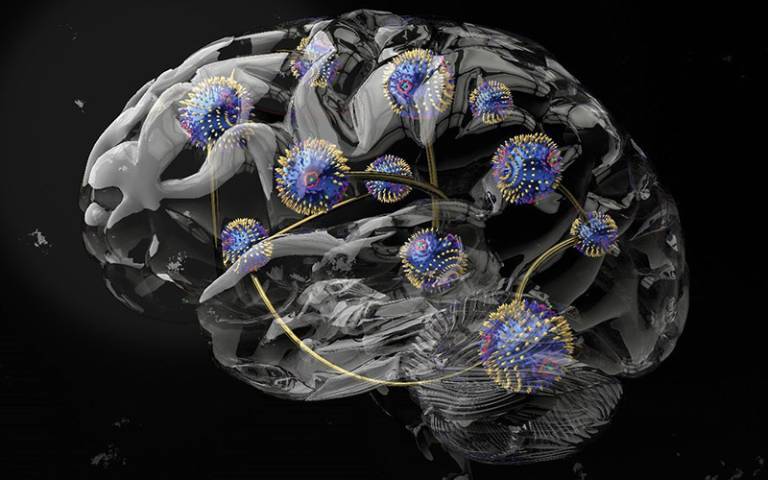The future of supercomputing: Harnessing the power of chiral magnets

In the pursuit of more energy-efficient supercomputing, researchers from UCL and Imperial College London have made significant strides by utilizing the unique properties of chiral magnets. Their groundbreaking study explores the potential of physical reservoir computing, a brain-inspired approach that uses the intrinsic physical properties of materials. By applying an external magnetic field and manipulating temperature, the researchers demonstrate how chiral magnets can be reconfigured to adapt to different machine-learning tasks, paving the way for more efficient and adaptable supercomputing systems.
Limitations of Traditional Computing
Traditional computing systems, with their separate units for data storage and processing, consume vast amounts of electricity. This architecture necessitates constant shuffling of information between the two units, resulting in energy waste and excessive heat generation. This inefficiency is particularly problematic for machine learning applications that require large datasets for processing. Training a single AI model can generate hundreds of tons of carbon dioxide, highlighting the urgent need for more sustainable computing solutions.
Introduction of Physical Reservoir Computing
Physical reservoir computing is a promising neuromorphic approach that aims to eliminate the need for distinct memory and processing units, leading to more efficient data processing. In addition to its potential as a sustainable alternative to conventional computing, physical reservoir computing can be seamlessly integrated into existing circuitry, offering energy-efficient additional capabilities.
Role of Chiral Magnets
In their study, the international team of researchers focused on chiral magnets as a computational medium. Chiral magnets possess unique physical properties that make them well-suited for specific computing tasks. By leveraging an external magnetic field and temperature variations, the researchers were able to adapt the characteristics of chiral magnets to different machine-learning tasks.
Exploring the Phases of Chiral Magnets
The team discovered that different magnetic phases of chiral magnets excelled at different types of computing tasks. For example, the skyrmion phase, characterized by swirling magnetized particles in a vortex-like pattern, exhibited a remarkable memory capacity ideal for forecasting tasks. On the other hand, the conical phase, with its non-linearity, proved to be excellent for transformation tasks and classification, such as identifying whether an image contains a cat or a dog.
Implications for Energy Efficiency
By harnessing the unique properties of chiral magnets and their ability to adapt to specific computing tasks, physical reservoir computing holds the potential to revolutionize energy efficiency in computing. With its integration into existing circuitry, this approach could significantly reduce energy consumption while increasing computational capabilities.
Future Directions and Challenges
While the findings of this study are promising, the researchers acknowledge that further research is needed to identify commercially viable and scalable materials and device architectures. The development of practical applications using chiral magnets as a computational medium requires careful consideration of various factors, including cost-effectiveness and manufacturing processes.
Collaborative Efforts and Funding
This groundbreaking study was the result of collaboration between researchers from UCL, Imperial College London, the University of Tokyo, and Technische Universität München. The project received support from esteemed organizations such as the Leverhulme Trust, the Engineering and Physical Sciences Research Council (EPSRC), the Royal Academy of Engineering, the Japan Science and Technology Agency, the Katsu Research Encouragement Award, Asahi Glass Foundation, and the DFG (German Research Foundation).
Conclusion
The study led by UCL and Imperial College London researchers has brought us closer to realizing the full potential of physical reservoir computing. By leveraging the unique properties of chiral magnets and their adaptability to different machine-learning tasks, this brain-inspired approach offers the promise of significantly reducing energy consumption in supercomputing systems. As researchers continue to explore the possibilities and overcome challenges, the integration of physical reservoir computing into existing circuitry holds tremendous potential for creating a more sustainable and efficient future of supercomputing.

 How to resolve AdBlock issue?
How to resolve AdBlock issue?